Introduction to Sedum Plants
Welcome to a colorful world where hardiness meets vibrancy—let’s talk about sedum plants, the unsung heroes of horticulture. Picture this: a spreading carpet of succulents with a textural smorgasbord underfoot, or perhaps upright varieties that stand like sentinels in your garden. They come in an array of forms, each type presenting its unique tapestry of foliage and flowers.
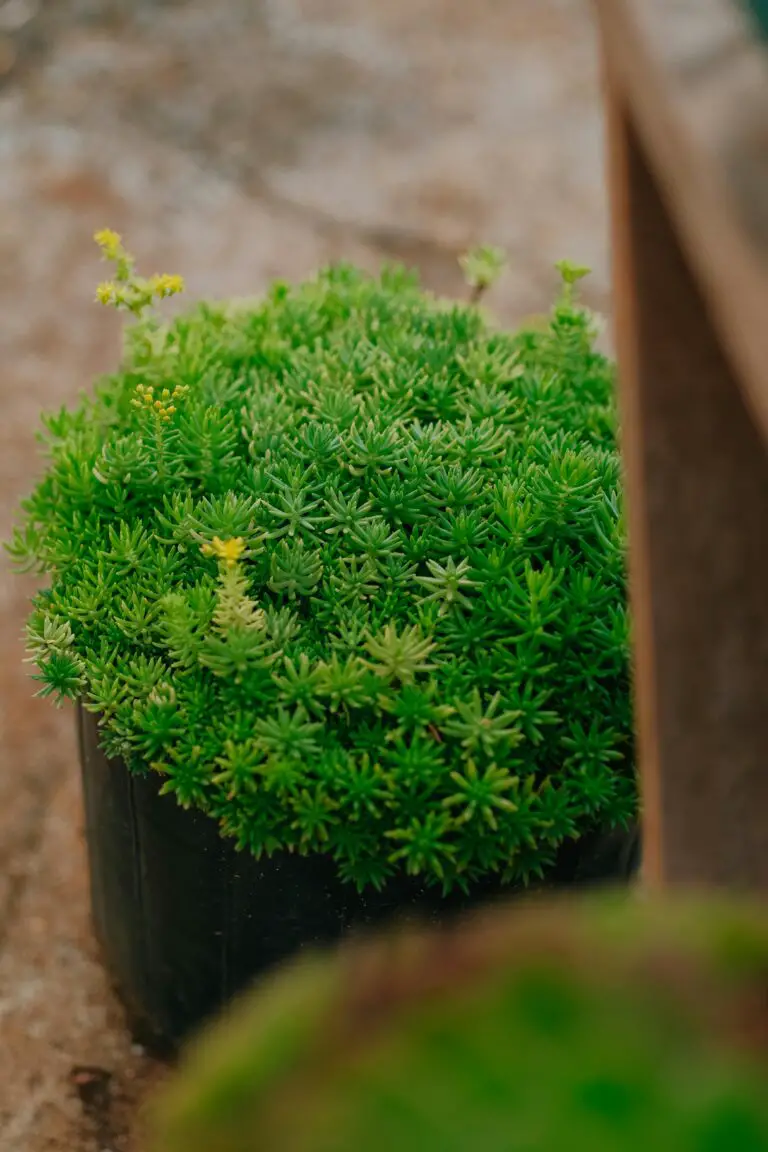
From creeping ground covers that soften the edges of a stone path to statuesque clusters that command attention, sedum plants—or stonecrops—are as diverse as they are tough. With leaves that store water, they’re the camels of the plant world, pushing through arid summers with unwavering spirit. It’s no wonder garden enthusiasts embrace them for both their aesthetic charm and drought-tolerant prowess.
Interested in the breadth of their kin? Take a stroll through our guide on the varied heights of stonecrop plants and see what might elevate your green spaces. It’s a universe of textures, colors, and shapes—all compacted into this resilient genus of succulents.
Whether you’re a seasoned gardener or just discovering the joys of succulents, sedum plants offer a low-maintenance haven for both pollinators and people longing for a touch of green magic. Start exploring, and you might just find a sedum that steals your heart!
Understanding Sedum Bloom Cycles
The term “bloom cycle” can conjure up images of a neatly scheduled train, arriving and departing with precision. But when it comes to sedum plants, nature’s timetable is a bit more…sprightly. Sedum plants, also known as stonecrop, have a flowering rhythm that dances to the beat of its own drum. Let’s unravel this botanical tango and see what it means for these succulent beauties in your home or garden!
First off, sedum plants are a varied bunch. With over 400 species, each has adapted to bloom in its uniquely timed window. Early bloomers might surprise you with flowers as soon as late spring, while other varieties play the long game, bursting with color as late autumn approaches. The ‘Autumn Joy’ sedum, for example, waits for the summer’s curtain call before showering us with its star-shaped flowers. It’s nature’s way of giving us a floral encore just when we think the show’s over.
Consider the sedum ‘Brilliant’, a sun worshipper that reveals its pink clusters in the midst of summer, or the ‘Purple Emperor’ with its regal hues peaking in late summer. These are not just happenstances but are evolutions of survival – ensuring that sedums capture pollinators’ attention at different times, avoiding the rush hour of the garden world.
What does this mean for you, the intrepid gardener? Understanding your sedum’s personal calendar is key to ensuring a successful sedum spectacle. It guides when to plant, prune, and perhaps most importantly, when to sit back with a cup of tea and enjoy the show. And the best part? Sedums are forgiving plants, thriving in a range of conditions, asking for little but giving a lot in return.
Life, much like a garden, is full of cycles and seasons. Sedums, with their varying bloom times, remind us to appreciate the present moment. Whether it’s the fresh green rosettes in spring or the rich, autumnal tones of their flower heads, each phase of the sedum bloom cycle offers a unique allure, inviting us to observe and enjoy the ever-changing tapestry of nature.
Factors Influencing Sedum Blooms
Imagine a painter delicately selecting hues to create a masterpiece. Similarly, sedum plants—nature’s own canvas—rely on several key strokes from the environment and care provided by the gardener to burst into their resplendent show of colors. Let’s delve into the artistry of factors that prompt these vibrant performers to take the stage.

To start, sedum plants are utterly infatuated with sunlight. They’re sun-worshippers of the plant kingdom! Like how we feel invigorated on a bright sunny day, sedums need several hours of sunshine to thrive and bloom. Less sunny conditions might still yield flowers, but expect a lighter showing, as if the sedums are saving their best for a sunny encore.
Temperature, too, plays a pivotal role. Sedums don’t shy away from a chill, often braving the cold to present their vibrant array of flowers. However, too much heat, and our sedum friends may suffer from sunburn, wilting away their floral potential. It’s about balance, akin to finding the perfect temperature to bask in at the beach.
Planting Zone Protips
Our botanical companions are picky about their residence. Each sedum species has its ideal USDA zone, a prime real estate where it can flourish. For example, the hardy Sedum spectabile thrives in zones 3-9, accenting gardens from frigid North Dakota to the mild winters of Alabama with its starry blooms.
Soil Matters: The Foundation of Flourish
Lastly, let’s talk dirt—soil conditions, to be precise. Sedums demand well-draining soil to avoid root rot, preferring a home that’s less “swampy marsh” and more “Mediterranean hillside.” A blend rich in organic matter yet loose enough to allow water to escape is like providing luxury accommodations for these succulent stars.
For green thumbs eager to dive deeper into sedum care, a visit to Proven Winners offers an encyclopedia of knowledge on cultivating these versatile plants.
In essence, think of tending to sedums as crafting an environment where they can bask and thrive. Shower them with enough sunlight, keep their feet dry, and place them where the temperatures are just right, and they will reward you with a blooming spectacle that’s a feast for the eyes.
Common Sedum Varieties and Their Bloom Times
Have you ever marveled at a sedum’s ability to thrive with such effortless grace? Let’s dive into the colorful world of these hardy beauties and unravel the mystery of their blooming prowess across different species. Keep in mind that while they share the sedum name, their bloom times can be as diverse as their vibrant petals!
Picture the Sedum spectabile—also known as ‘Autumn Joy’—a true herald of fall that doesn’t rush to show off its flowers until late summer or early autumn. Imagine its lush clusters, resembling bouquets of tiny pink stars, gradually deepening to a rich copper as the season progresses. And when it finally unfurls its colors, it’s like Mother Nature saving the best for last!
In contrast, peer a little closer at Sedum acre, an early bird catching the warm embrace of spring. From May to June, you’ll witness a carpet of golden blooms hugging the ground; a real springtime treasure offering a striking contrast to the ‘Autumn Joy’.
Then there’s the ‘Dragon’s Blood’ sedum, which turns the ground beneath into a mythical canvas with its deep red flowers blooming profusely in summer. Its fiery shades seem to burn even brighter against the lush green of its foliage—a cerise spectacle to behold!
Don’t forget the elegant Sedum telephium, with its subtle beauty, enchanting us in late summer through fall. Nicknamed ‘Purple Emperor’, this variety dons a royal cloak of purplish flowers that command attention amongst its admirers, daring onlookers not to be captivated.
To truly appreciate the unique features these varieties offer, one must delve into their evergreen foliage or seasonal color changes, which add another layer to their allure. For those eager to nurture these living jewels, check out expert advice on caring for sedum plants and tips that ensure your garden becomes a sedum spectacle.
Each sedum’s blooming tale is distinct, echoing the variety of life itself. Whether they’re basking in the warm glow of the sun or providing a sumptuous feast for pollinators, sedums truly capture the essence of nature’s timing, blossoming exactly when they’re meant to. So, let’s celebrate these succulent stars and the vibrant timeline they sketch in our gardens year after year.
Maximizing Your Sedum’s Blooming Potential
When it comes to the lush tapestry of your garden, few sights are as captivating as the vibrant clusters of sedum plants in full bloom. But how do you coax these hardy perennials into showcasing their best colors? Let’s dig into some green-thumbed wisdom to help your sedums put on a spectacular floral display!
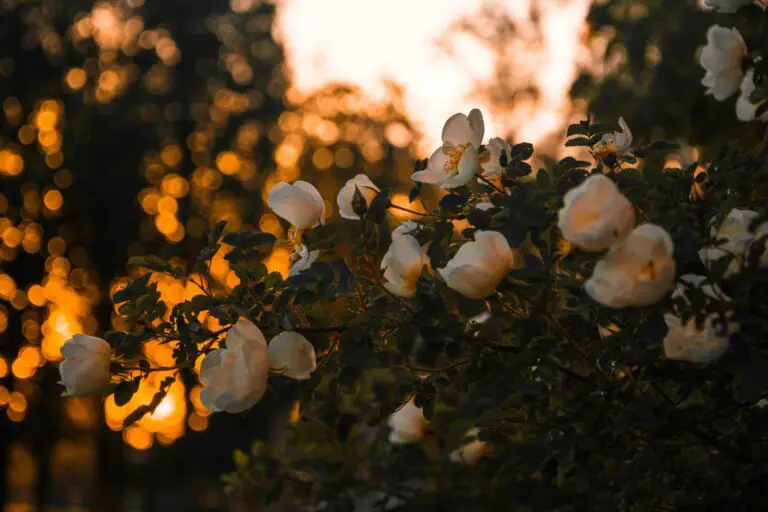
Quenching Thirst with Prudence
Imagine a balmy summer morning; dew kisses the fleshy leaves of your sedums, and by afternoon the sun begins to sizzle. Succulent sedums are drought-tolerant, but they do appreciate a drink during prolonged dry spells. To achieve peak blooming, water your plants deeply yet infrequently, encouraging their roots to reach down for moisture and build a sturdy foundation for those show-stopping blooms.
Fertilizing: A Delicate Balance
Now, let’s sprinkle in some nutrients. Just as a dash of spice can elevate a dish, the right fertilizer can enliven your sedums. An early spring feeding with a balanced, slow-release fertilizer sets the stage for vigorous growth. But beware, too much, and you might end up with lush foliage at the expense of flowers, so stick to a light hand and let the sedums work their natural magic.
The Art of Pruning
Last but not least, let’s wield the shears with finesse. Pruning isn’t just about snipping away; it’s about sculpting your plants to support a bountiful bloom. By cutting back sedum stems in early summer—think of it as giving them a ‘high and tight’—you’ll encourage a bushier growth pattern and increase the number of flower clusters. Plus, this practice prevents the dreaded ‘flopping,’ keeping your sedum beds picture-perfect for when the blooms burst forth.
Implement these strategies and before you know it, your garden will be the talk of the town, with sedums blooming in a kaleidoscope of color. Tending to your plants with these practical tips in hand ensures that when they bloom, they do so with gusto—a garden performance par excellence!
Preparing for Bloom Season: A Gardener’s Timeline
Avid gardeners know that timing is everything, especially when it comes to the spectacular sedum. These hardy, succulent beauties have a secret schedule, and with the right preparation, you can unlock a floral spectacle that’ll be the talk of the neighborhood. Let’s dig into the what, when, and how of sedum bloom care, shall we?
Understanding Sedum’s Seasonal Symphony
Imagine the crescendo of an orchestra as it builds up to the finale—that’s your sedum prepping for its bloom time. Sedums generally strut their colorful stuff from late summer into fall. Depending on the variety, this could mean a stunning display anywhere from August to November. But don’t let Mother Nature do all the heavy lifting! By setting up a gardener’s timeline, you’ll be ready for each phase of growth and blooming.
It’s March, and while the last of winter’s chill lingers, your sedums are slowly stirring beneath the soil. It’s a subtle beginning, but an important one. April showers bring forth the first signs of life—a rosette here, a fledgling stalk there. As green thumbs, our role is to cheer these early starters on with light watering and weeding, setting the stage for robust growth.
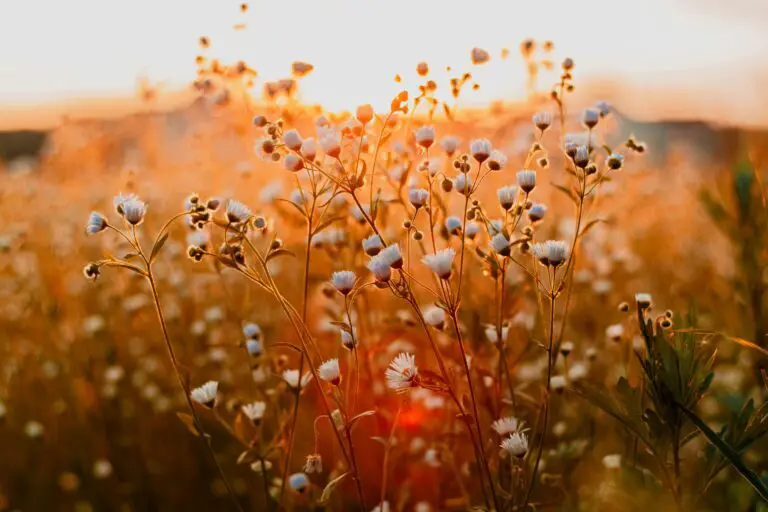
Spring Into Action: Nurturing Young Sedums
As the calendar flips to May, your sedums’ growth accelerates. Now’s the time to apply a balanced, slow-release fertilizer to give them a nutritional boost. Remember our neighbor, Judy? She credits her breathtaking ‘Autumn Joy’ display to this early start—and if Judy’s sedums could win Oscars, they would!
Midsummer Maintenance: The Lead-Up to Showtime
By July, your sedum plants are leafy and lush, setting the stage for their August to November flowering period. Now, here comes the sun—and potential drought. Your job is to ensure these succulents receive enough water during scorching days, but be wary of overwatering. Sedums are tough, but they detest soggy shoes!
With August just around the corner, your sedums are like athletes before a big race—they’re toned, they’re ready, and they’re bursting with potential. Keep a watchful eye on pests and fungal diseases that might want to crash the bloom party. Regular inspections and prompt treatment can preserve those precious buds just waiting to unfurl.
Autumn’s Arrival: The Bloom Boom
And then, it happens. As the summer heat wanes and autumn whispers through the trees, your sedum plants finally reveal their floral finery. From ‘Brilliant’s’ hot pink clusters to ‘Matrona’s’ dusky rose heads, each variety shows off its unique colors and shapes. It’s a ballet of blossoms, and your attentive care has secured a front-row seat.
So there you have it, fellow gardeners—a timeline to guide you through the seasons as you coax the best blooms from your beloved sedums. Let’s tend these beauties with the know-how of a conductor leading a grand symphony, and soon, we’ll be reaping the rewards of a garden filled with nature’s own artwork.
The Lifecycle of Sedum Blooms
Imagine the sedum plants as nature’s own symphony, tuning up to perform a floral crescendo that’s both vibrant and fleeting. The journey from tight, green buds to a kaleidoscope of blossoms is nothing short of miraculous, and it’s a progression you won’t want to miss. Let’s delve into the stages of sedum plants’ bloom, where each chapter of growth brings a delightful shift in the garden’s melody.
Stage 1: The Budding Prelude
Our sedum story begins with the budding overture, a prelude to the riot of color that follows. In the early days of spring, you’ll notice small green buds start to form at the tips of the fleshy stems. These are the first whispers of the upcoming performance. As the days grow warmer and longer, the buds swell, hinting at the spectacle that’s about to unfold.
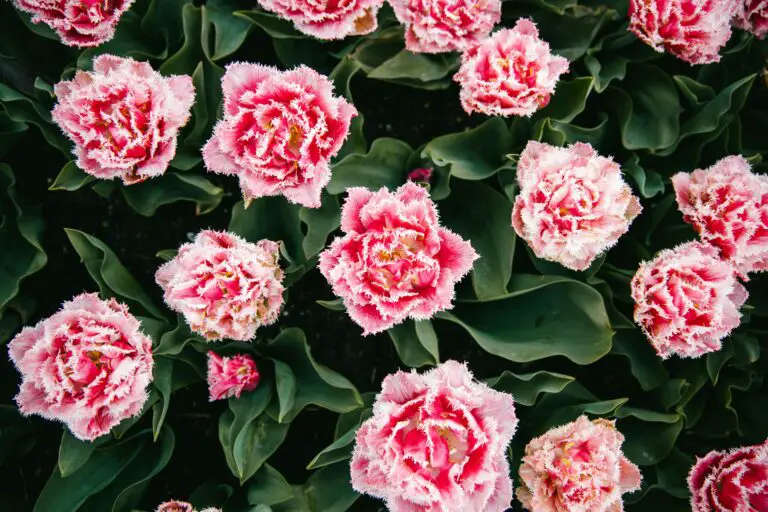
Stage 2: Crescendo of Colors
With summer’s embrace, the sedum plants hit their stride. The buds burst open, revealing a tapestry of vivid hues. Depending on the variety, this could be a burst of pinks, reds, yellows, or even purples. Each flower cluster is like a chorus of tiny, star-shaped blossoms that appear to dance in unison atop their sturdy stems. This peak bloom period is when sedum truly becomes the star of the show, drawing in pollinators and gardeners alike with its unmatched vibrancy.
Stage 3: The Diminuendo
As the season wanes and the nights draw in, the sedum’s performance reaches its diminuendo. The flowers, once bright and fresh, begin to fade. But don’t be too quick to despair—this is not the end. In fact, it’s a new kind of beauty, as the petals dry to subtle shades and textures that continue to add interest to the garden. These dried blooms can even last through winter, providing a muted but enduring reminder of the show that was.
By understanding the lifecycle of sedum blooms—from the initial budding to the full bloom’s crescendo and the eventual fading—we can appreciate each phase of growth for its unique contribution to the garden’s overall splendor. So keep a watchful eye on your sedums, and you’ll witness a captivating display that only nature can choreograph.
Frequently Asked Questions
What month do sedum plants bloom? Step into any avid gardener’s backyard during late summer to early fall, and you’ll witness the sedum’s spectacle of blooms. These robust succulents typically grace us with their presence from August through October, peaking when many other flowers start to bid adieu. Imagine a late-season barbecue where the sedums mingle among the crisp air and golden sunlight, setting the scene with their vibrant clusters.
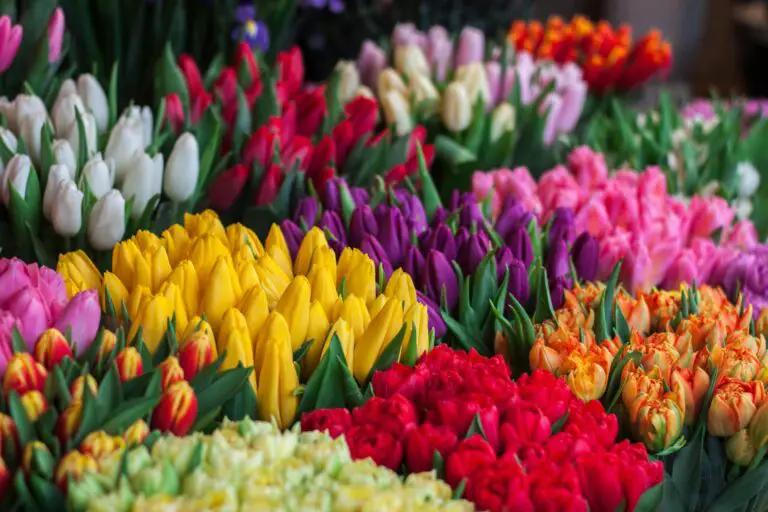
How long does the sedum bloom last? Once they unfurl their colors, sedum flowers are not fleeting guests. Their robust display can dazzle for a good four to six weeks. Visualize a painter’s palette that doesn’t dry out quickly, offering a canvas of hues that inspire for over a month, adding a splash of enduring color to the autumnal tapestry.
Can I encourage my sedum to bloom more than once a year? While traditionally a one-act show per annum, sedums can be coaxed for a repeat performance with a bit of gardening finesse—it’s all about the timing! Cut back the plants by one-third in early summer, and you may enjoy a second, albeit more modest, encore of blooms in late autumn. This technique, akin to an artist adding a final flourish to their masterpiece, ensures your garden maintains its vibrancy as the days grow shorter.
Conclusion
Throughout our exploration of the vibrant world of sedum plants, we’ve unearthed a treasure trove of insights into their enchanting bloom times. With a palette of colors that could rival an artist’s canvas, sedum plants not only embellish our gardens but also bring ease and joy to gardening enthusiasts. From the early summer to the graceful transitions into fall, these hardy succulents dazzle with their resilient blooms.
Imagine the burst of colors in your own backyard sanctuary as the sedum begins its show-stopping performance. The rich pinks, bold yellows, and deep purples beckon pollinators and admirers alike, creating a lively hub for Mother Nature’s creatures. And best of all, sedums require minimal care, making them a prime choice for both seasoned gardeners and novices who crave beauty without the toil.
As the seasons come and go, the sedum plants stand tall, a testament to their adaptability and tenacity. Whether nestled among rockeries or serving as a verdant ground cover, they maintain their splendor with little fuss, leaving onlookers in awe of their simplicity and toughness.
The aesthetic appeal of sedum in bloom extends beyond the confines of our gardens, as they also serve as splendid additions to eco-friendly roof gardens or as vivacious borders along the edges of paths and driveways. Moreover, these versatile stunners aren’t just a treat for the eyes; they’re a vital component in sustaining biodiversity, offering sustenance to bees and butterflies.
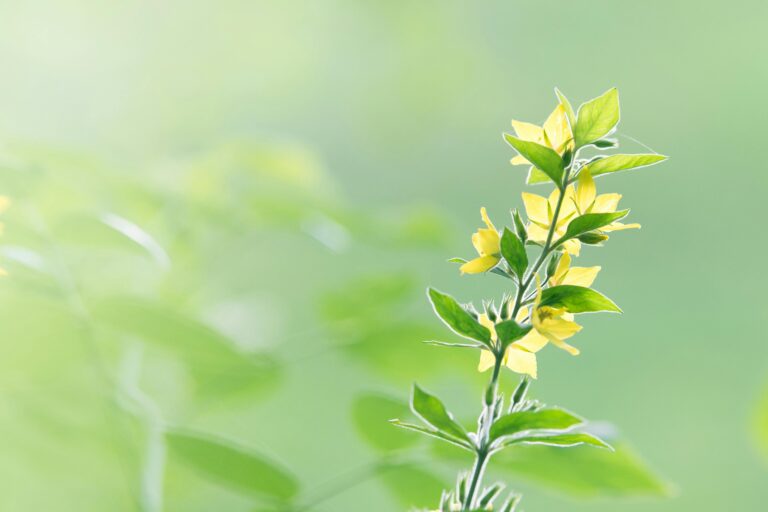
In closing, the journey of caring for and witnessing the sedum plant bloom is truly a joyful and fulfilling experience. As these hardy perennials adorn our landscapes with their effervescent blooms, they not only exude charm but also remind us of nature’s wondrous cycles and the bountiful joy of gardening with ease.


